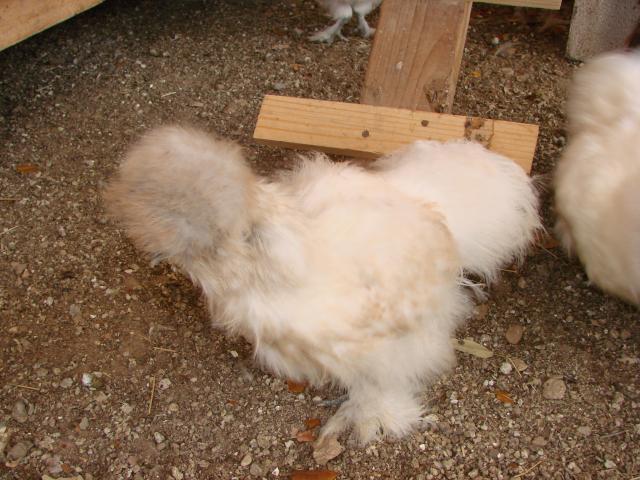Quote:
Seems in this case the birds given the title 'porcelain' are more like a sort of isobel.
Confusing for us I know. But it seems to happen in so many breeds. Recently I've seen cochins called lemon blue that are not what we know as lemon blue; brahmas called lemon pyle which weren't pyle (splash buff columbian by the looks of it). Then we've got people in various countries calling the same colour different names.....I'm surprised any of us ever know what we're talking about.....& perhaps we don't.

Some, such as my bird are more isabel in colour, others have much more of the lavender, such as the first photo posted.
Seems in this case the birds given the title 'porcelain' are more like a sort of isobel.
Confusing for us I know. But it seems to happen in so many breeds. Recently I've seen cochins called lemon blue that are not what we know as lemon blue; brahmas called lemon pyle which weren't pyle (splash buff columbian by the looks of it). Then we've got people in various countries calling the same colour different names.....I'm surprised any of us ever know what we're talking about.....& perhaps we don't.

Some, such as my bird are more isabel in colour, others have much more of the lavender, such as the first photo posted.






